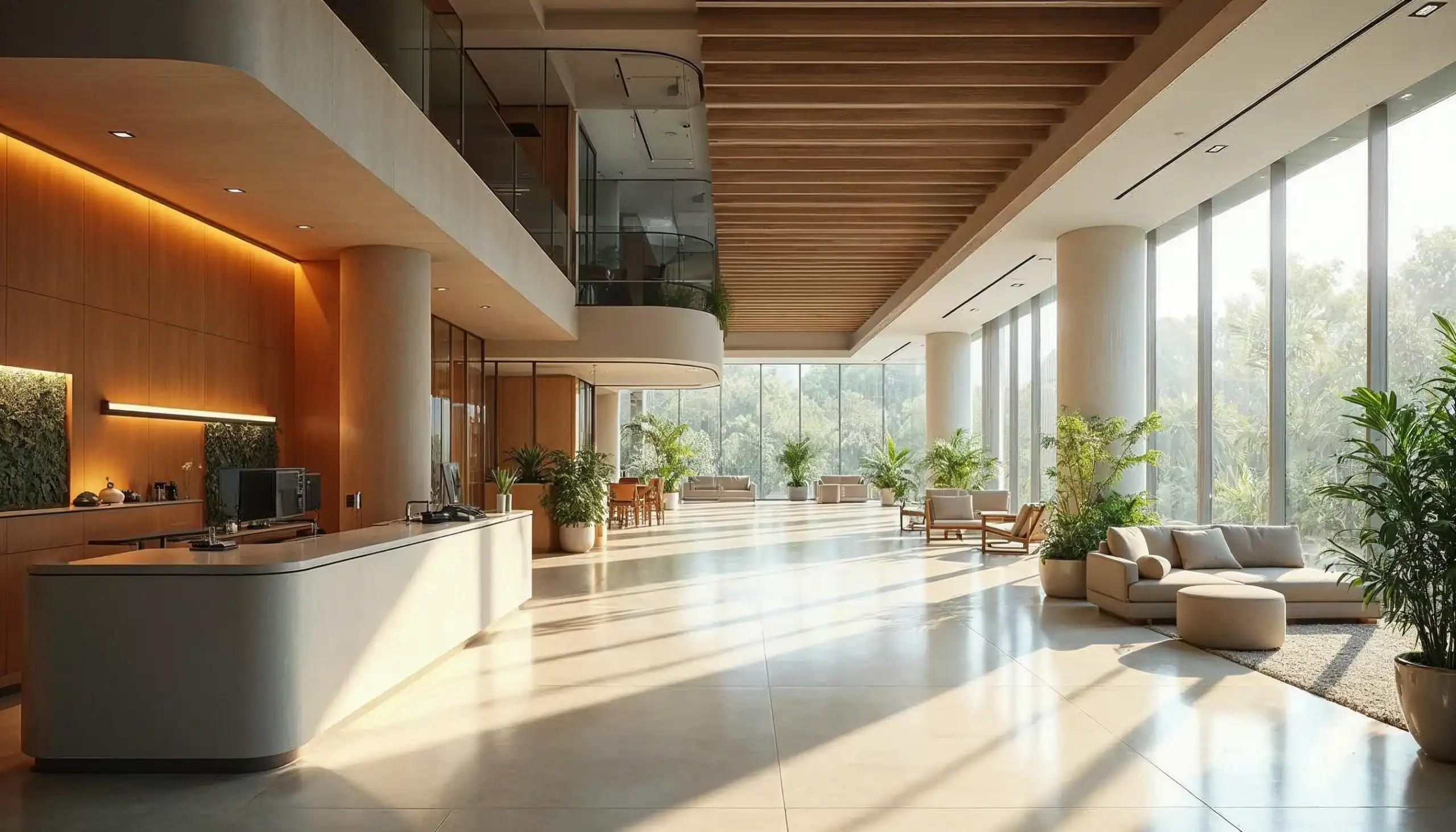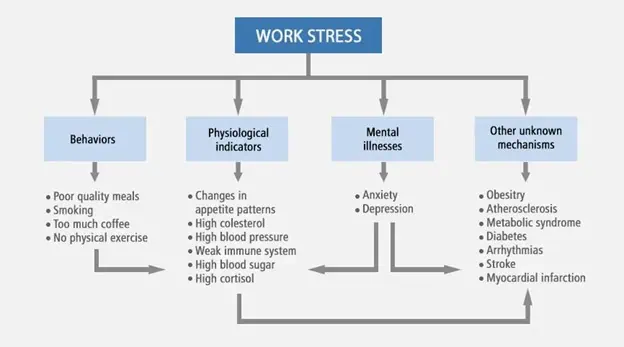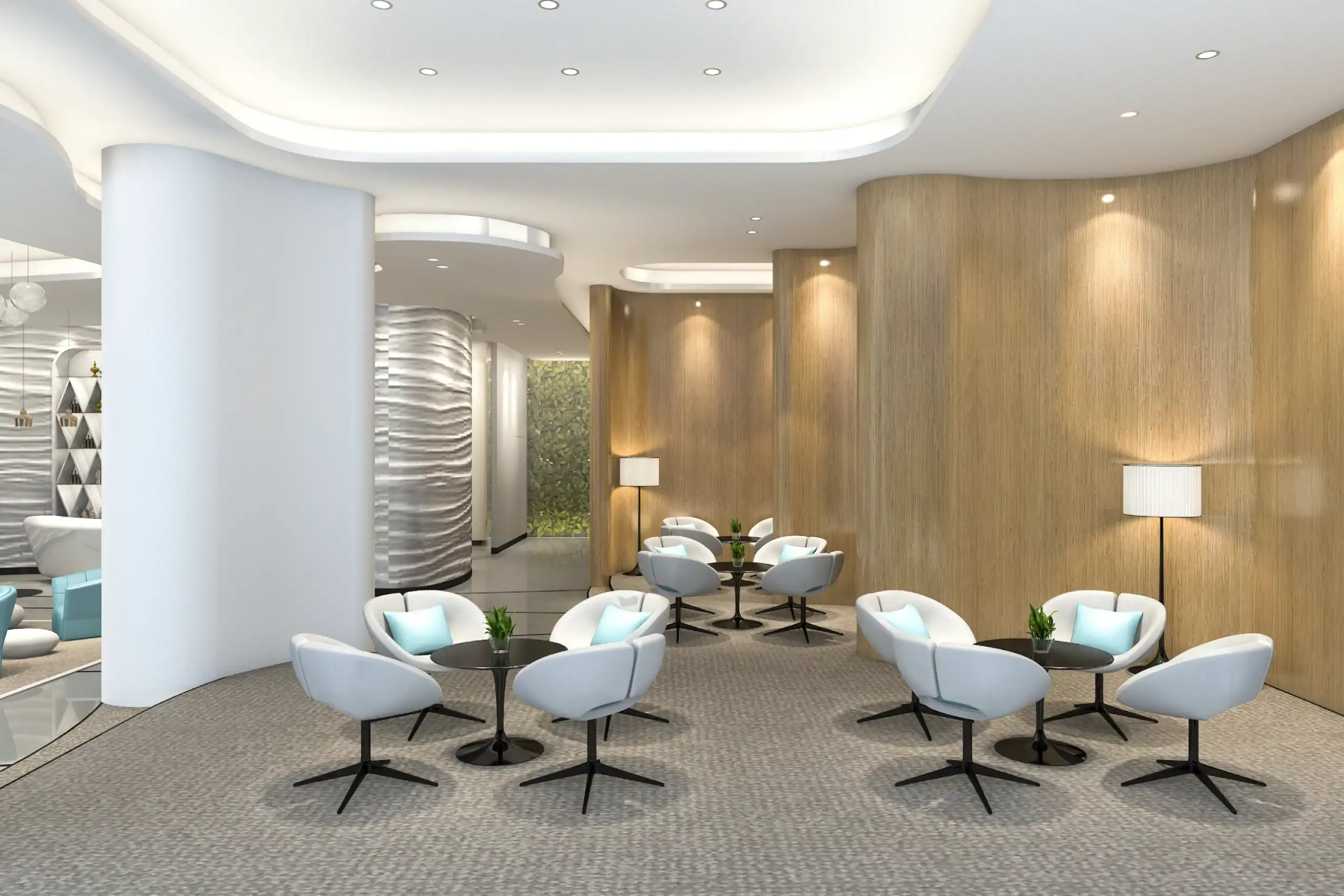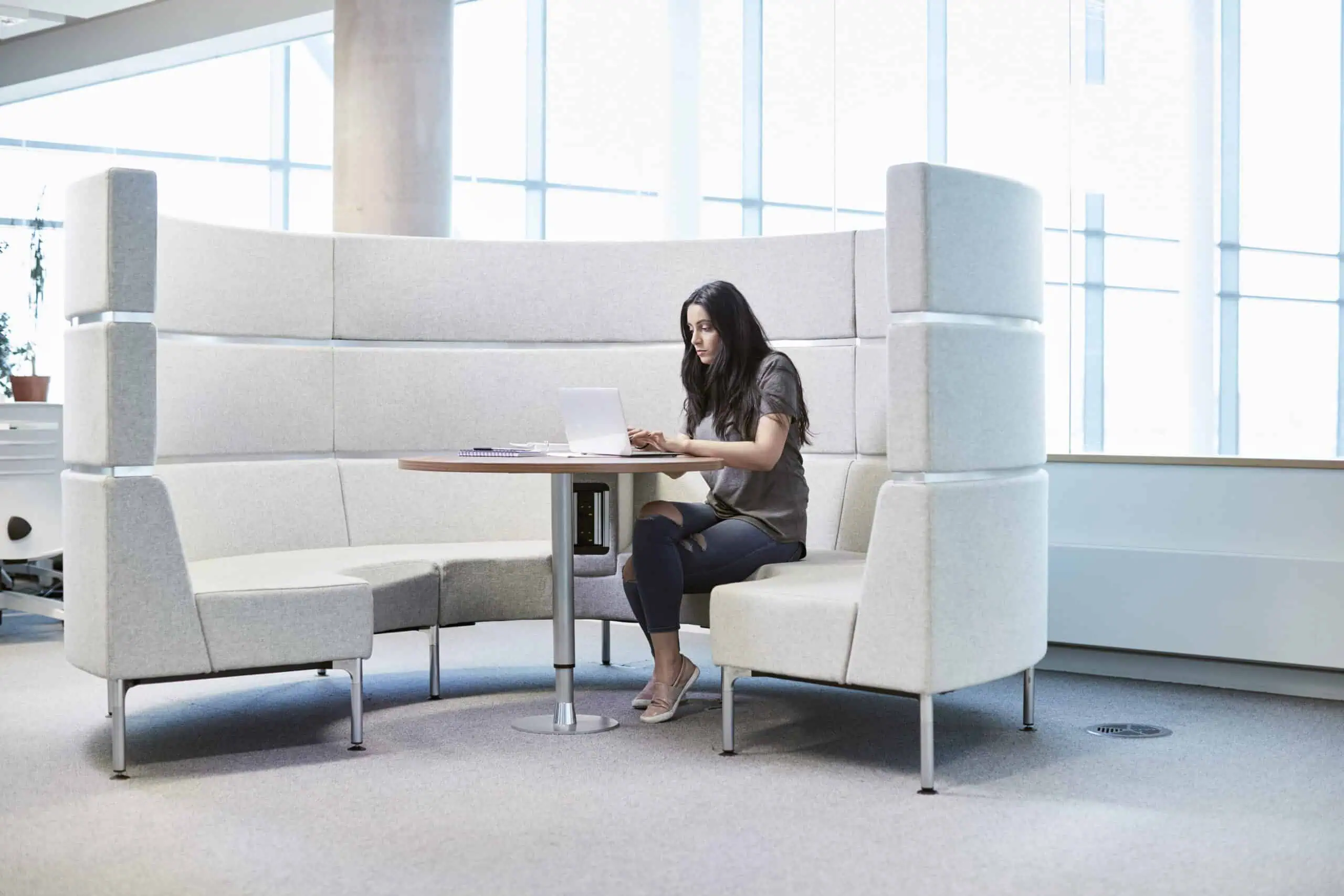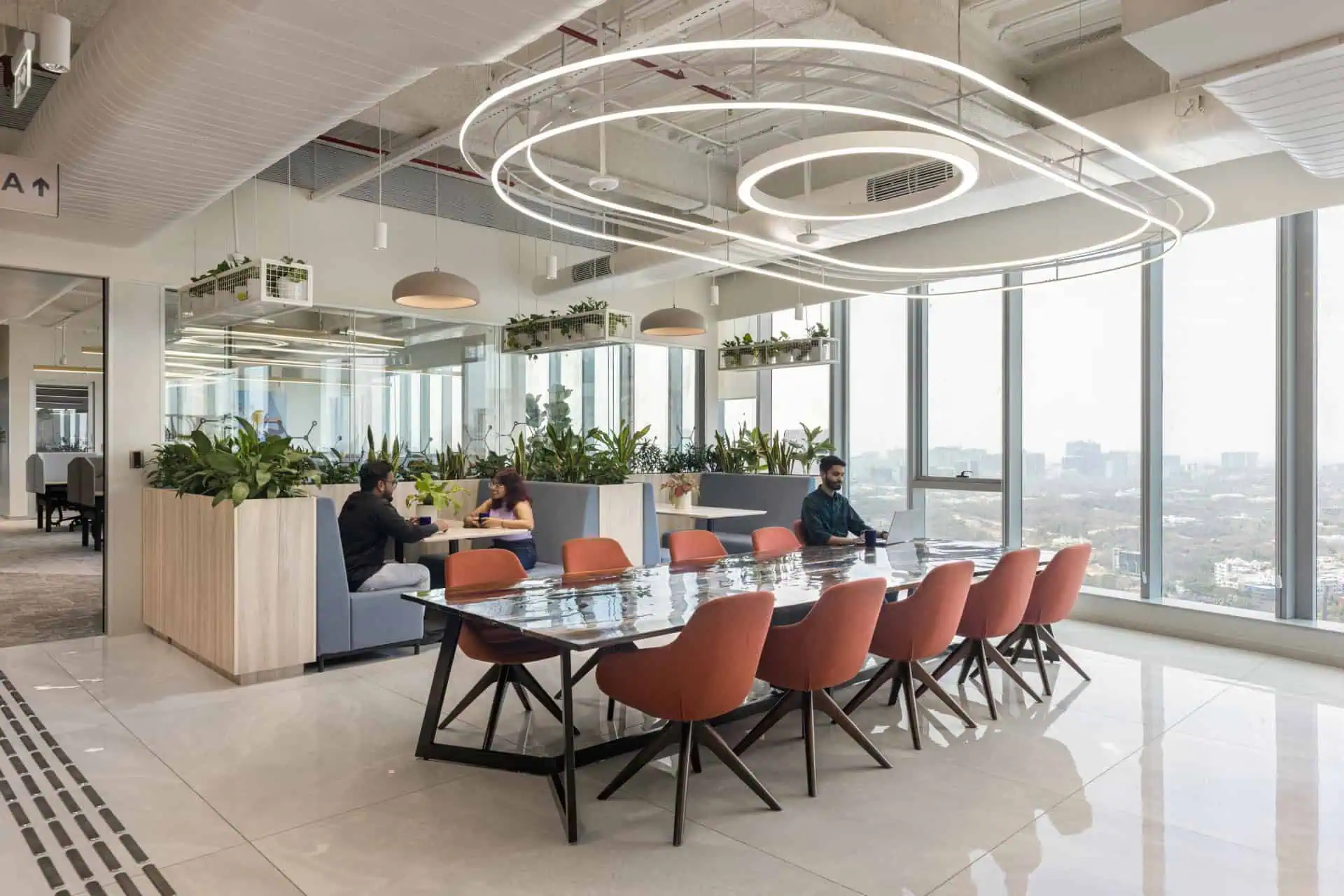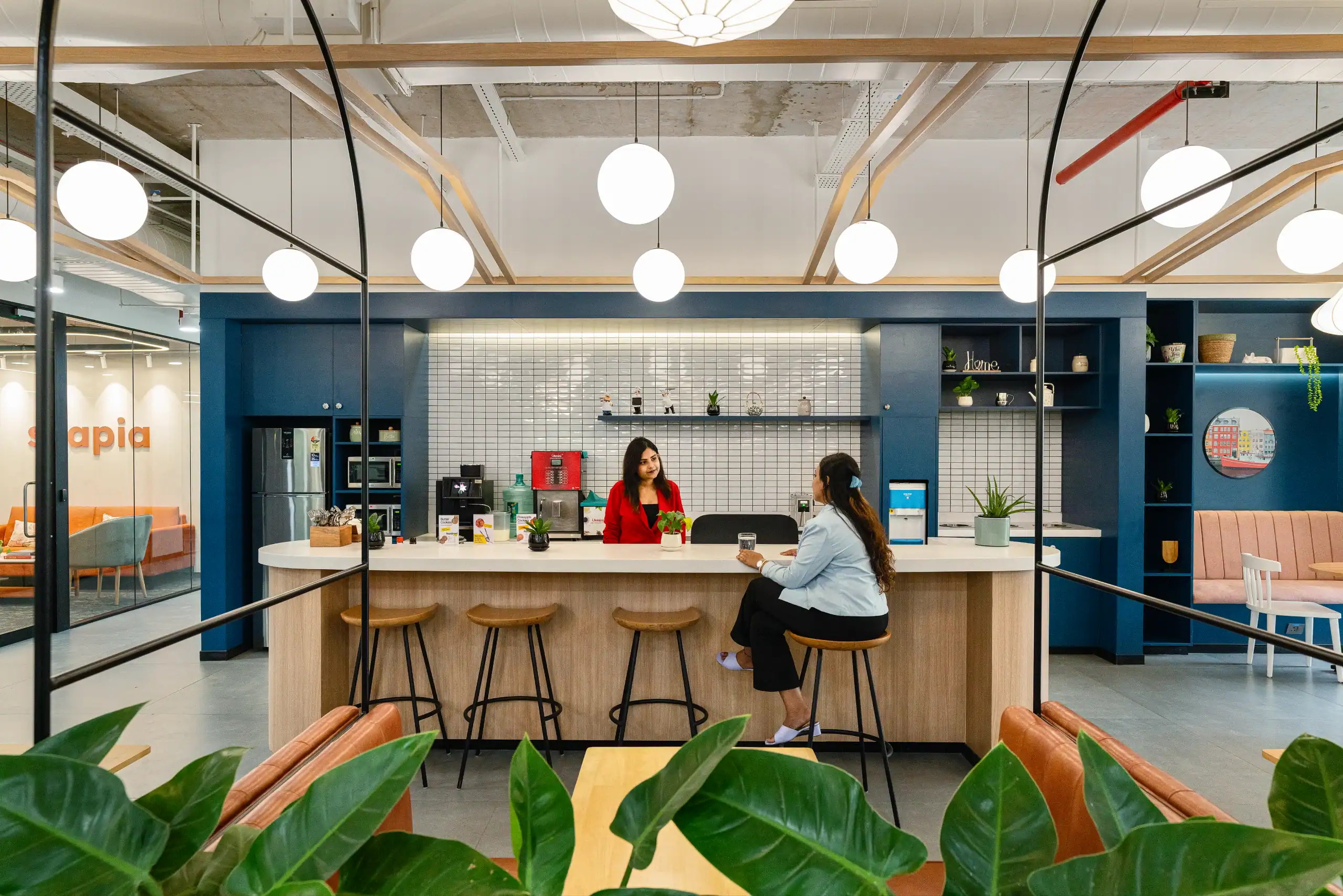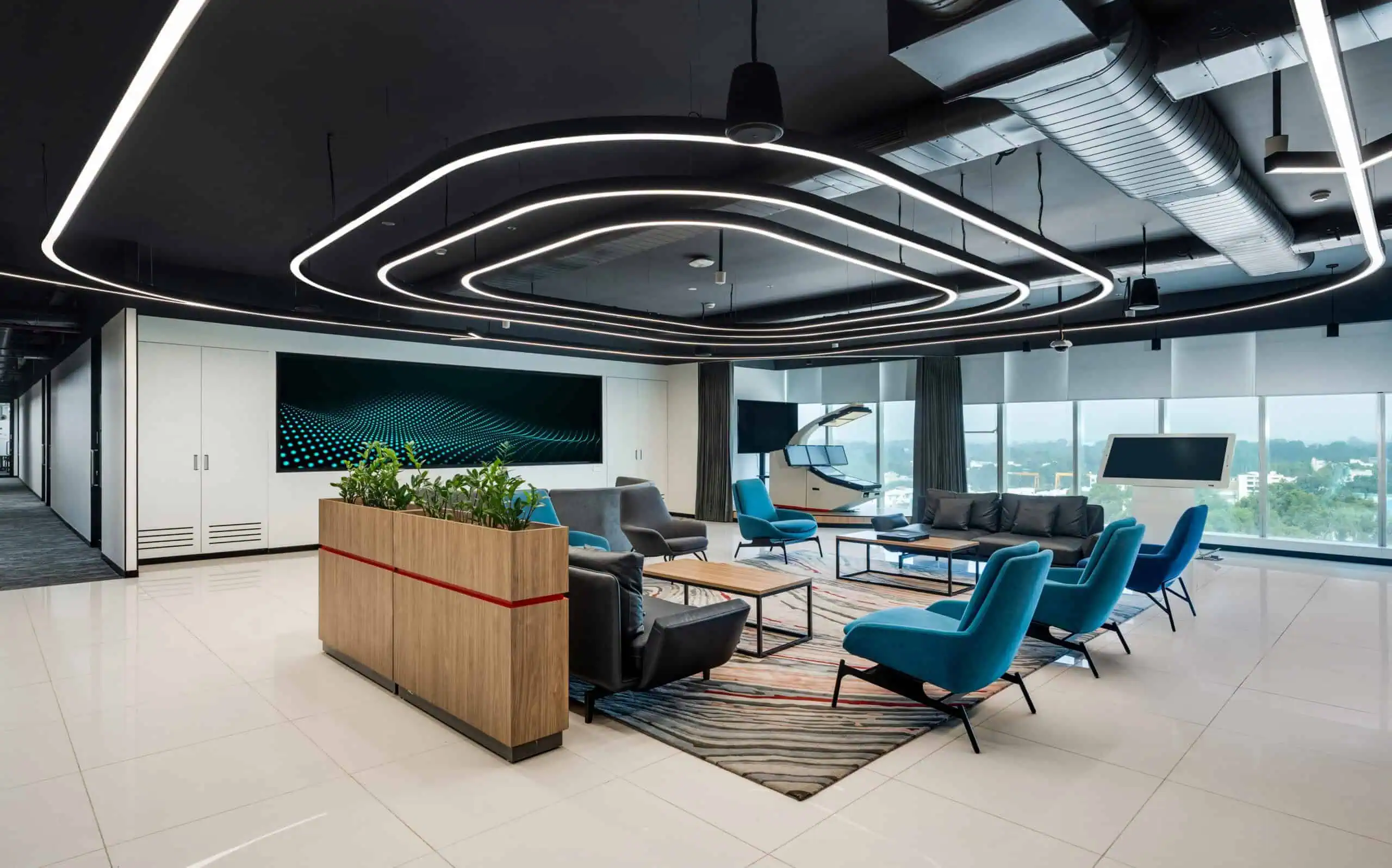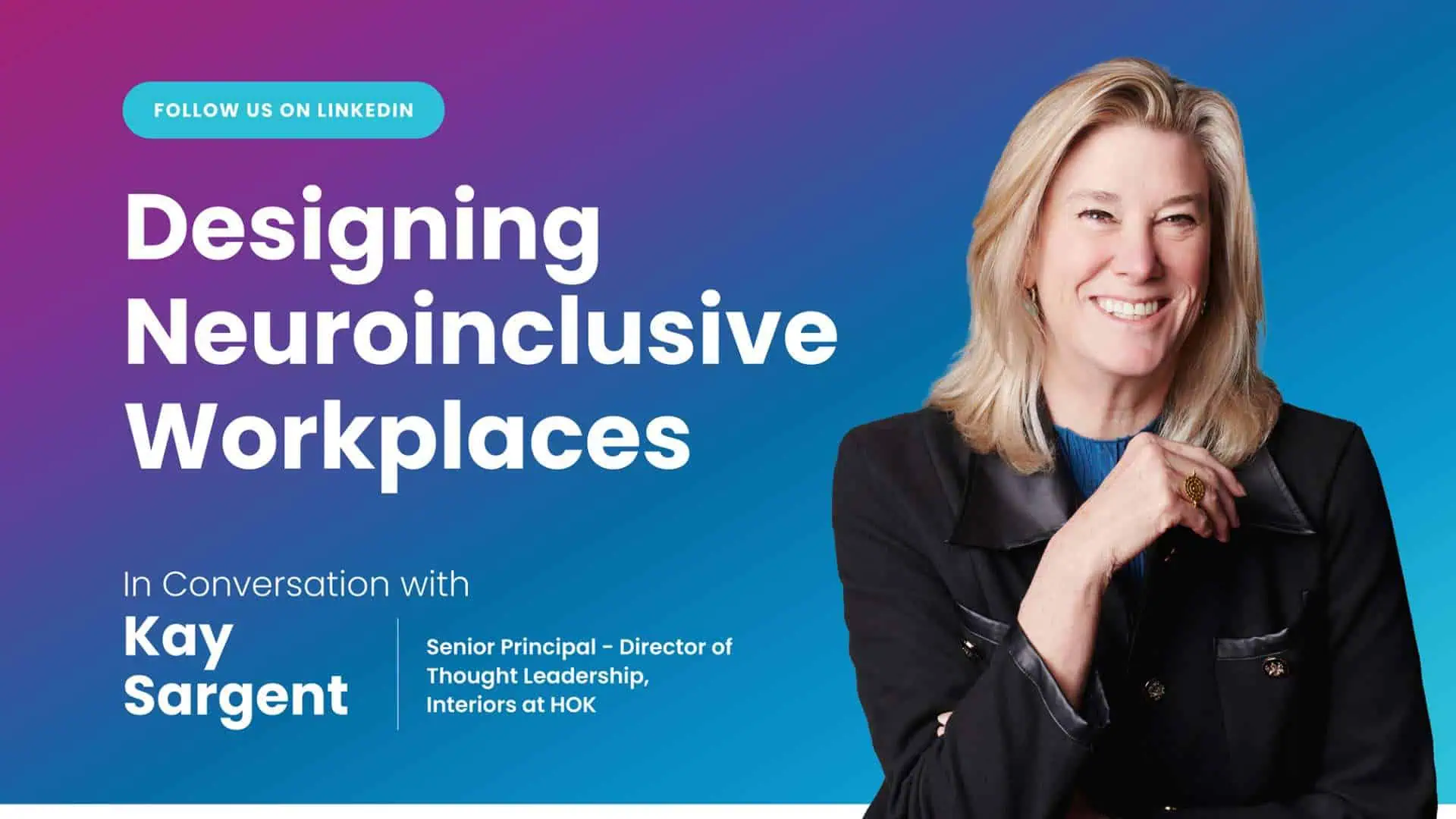Work environments can feel overwhelming. The constant pressure to meet deadlines, innovate new solutions, and deliver on par with client expectations are key stressors that hamper growth and productivity of the workforce. A 2024 research by HR Stacks mentions, “79% of working employees stated that they experience burnout at work.” In another study, the platform identified that, “42% of employees think that stress has caused them to lose confidence in their job performance.” Such alarming numbers imply that stress; even though an intangible attribute, comes to life through its impact on people’s wellbeing, creativity, and happiness.
Managing workplace tension begins with fostering a healthy environment where support and communication are prioritized. When employees feel that their needs and challenges are being addressed, it creates a sense of physiological safety that directly enhances focus, morale, and motivation. A report by Firstup states that, “74% of employees affirmed being more effective at their job when they felt heard.” Therefore, by actively listening to employees, organizations can drive sustained engagement and loyalty.
But, beyond that, the spatial design of a workspace profoundly shapes how people feel, behave, and interact with each other. Spaces that are inviting and intuitive can promote a sense of calm, reduce cognitive load, and help individuals feel more in control of their day.
What are Zen-Like Workspaces?
As the name suggests, Zen-like workplaces are inspired from the Japanese philosophy of Zen that believes in mindfulness, inner peace and a connection to the present moment. Such office spaces evoke a sense of simplicity by reducing visual clutter, promoting stillness, and creating harmony between people and their surroundings. The intent is to achieve aesthetic minimalism to help individuals regain focus, reduce anxiety, and strongly associate with their work. It helps reduce stress and overstimulation prevalent in contemporary workplaces.
How to Create a Zen-Like Work Environment?
Curating a healthy, calming workspace requires having an employee-first approach to design. This means acknowledging the diverse needs of people through an empathetic lens that makes spaces work for the users who inhabit it. Here’s how organizations can achieve Zen-like offices:
Create a Functional Office Layout
A Zen-like workspace begins with the principle of simplicity by stripping down a space to its most essential and functional elements. The goal is to create an impression of spatial ease, where the mind is not pulled in multiple directions. Companies can create various zones in the office so that clear distinctions are created between different activities like focused work and collaboration. By keeping the layout intuitive and selecting furniture that serves a clear purpose, employees are less likely to feel overwhelmed. But, it does not mean the office has to be sterile or cold. Rather, it can be smartly-arranged to reduce distractions. Further, using built-in storage can help in keeping daily tools accessible and bringing sleek, ergonomic furniture can reduce physical strain due to prolonged hours of sitting.
Bring in the Elements of Nature
Nature is considered to be the ultimate healer and stress-buster. The views of nature are proven to have a comforting effect on the human mind. Therefore, introducing open and semi-open outdoor spaces like terraces, courtyards, atriums, and spill-over areas can help provide employees an opportunity to take a quick respite from work. Introducing indoor plants in corridors, work desks, canteens, lounges, and reception lobbies can also create a refreshing ambience. Additionally, incorporating natural light can be one of the easiest ways to bring the outdoors inside by maximizing windows and adding skylight wherever possible.
Use Natural Materials and Textures
Natural materials elevate the experience of zen-like offices because they offer a tactile quality that exudes relaxation. They can encourage mindfulness and reduce the sense of overstimulation. Organizations can opt for wooden furniture, bamboo flooring, and stone accents to give an earthy look and feel to the office. Textures such as linen, wool, and cotton can add comfort, inviting employees to engage with their environment in a way that feels welcoming and grounding. These materials also promote authenticity, where the design feels more organic and less manufactured.
Design Quiet Zones
In a bustling office environment, quiet zones are essential for helping employees find moments of solitude and focus. These spaces allow individuals to step away from the noise and distractions of the main workspace to recharge and engage in focused work. Create areas such as meditation rooms, sleep pods, and quiet work zones that are visually and acoustically isolated from the main traffic flow, using movable partitions, see-through dividers, or even plants to ensure privacy and a sense of personal space. These quiet zones should have minimal distractions, with features such as soft lighting, comfortable seating, and minimalistic decor that promotes relaxation.
Foster a Multi-Sensory Experience
A Zen-like work environment should cater to all the senses. So, while visual and tactile comfort remains a priority, the other senses such as smell and touch should also be thoughtfully curated to design a holistic experience. Firms can incorporate scents like lavender or sandalwood, which are known for their stress-relieving properties. Also, using noise-canceling technology or playing soft background music can mask office noises and create a peaceful auditory landscape. Each of these elements can help create a balanced environment, helping employees feel more centered.
In Conclusion
Zen-like offices promote work-life balance and make work more enjoyable. In addition to the above-mentioned design interventions, organizations can set policies that encourage practices like quiet time, meditation breaks, and access to wellness programs that can further promote innate happiness. Additionally, companies may invest in professional development initiatives that focus on stress management and resilience training. By aligning policies with a people-first mindset, firms can lead into the future of work with a more productive and engaged workforce.
Related Reads:

